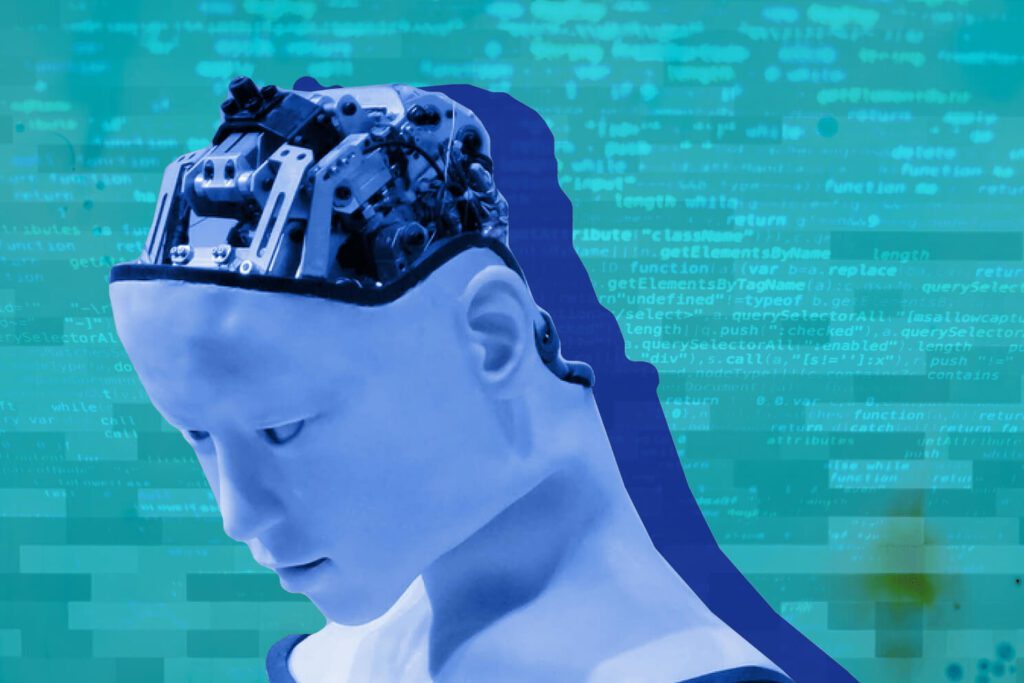The rise of robotics has had a significant impact on various industries, including manufacturing, healthcare, agriculture, and transportation. It has improved efficiency, precision, and productivity while reducing the margin for error and enhancing safety measures. However, there are challenges to consider, such as the fear of job displacement and ethical concerns surrounding robots. Despite these challenges, the future of robotics holds immense potential, with advancements in artificial intelligence enabling more sophisticated and autonomous robots. The integration of robots into everyday life and the creation of new job opportunities are driving innovation. Striking a balance between integrating robotics and addressing challenges is crucial for a future where humans and robots coexist harmoniously.
The Rise of Robotics: Impacts, Challenges, and Future Prospects
In recent years, we have witnessed a significant rise in the field of robotics. From automated manufacturing processes to the development of advanced humanoid robots, robotics has become an integral part of various industries. This article explores the impacts, challenges, and future prospects associated with this rapidly growing field.
Impact on Industries
Robotics has revolutionized industries such as manufacturing, healthcare, agriculture, transportation, and many more. With the introduction of robotics, industries have experienced increased efficiency, precision, and productivity. Automated systems have reduced the margin for error, resulting in higher-quality production and improved safety measures.
In manufacturing, robots have taken over repetitive tasks, allowing human workers to focus on more complex and creative endeavors. This shift has led to enhanced productivity levels and cost savings for companies. In healthcare, robots are being utilized for surgery, patient care, and rehabilitation, improving precision and minimizing risks. In the agricultural sector, robots aid in harvesting, crop monitoring, and precision farming techniques, optimizing yields and reducing resource wastage.
Challenges in Robotics
Despite the numerous benefits robotics brings, there are various challenges that need to be addressed. One significant challenge is the fear of job displacement. As robots continue to become more capable, there are concerns about the potential loss of employment opportunities for humans. Additionally, robots require skilled professionals for maintenance and programming, leading to a demand for an adaptable workforce.
Another challenge is the ethical considerations surrounding robotics. As intelligent robots become more prevalent, questions arise regarding decision-making processes, liability in case of accidents, and the potential for misuse or hacking. Ensuring ethical guidelines and regulations are in place is crucial to prevent any unintended consequences.
Future Prospects
The future of robotics holds immense potential. Advancements in artificial intelligence (AI) enable robots to become more sophisticated, adaptable, and autonomous. Collaborative robots, known as cobots, are designed to work alongside humans, enhancing productivity and efficiency. The integration of robots into our daily lives through applications such as personal assistants, home automation, and healthcare companions is becoming more prevalent.
Moreover, the rise of robotics is driving innovation and creating new job opportunities. As robots perform repetitive and mundane tasks, humans can focus on creative problem-solving, innovation, and entrepreneurship. This shift emphasizes the importance of providing education and training programs to equip individuals with the necessary skills required in the evolving job market.
Conclusion
The rise of robotics presents a transformative shift in various industries and society as a whole. While there are challenges to overcome, such as job displacement and ethical concerns, the benefits of robotics are undeniable. Increased productivity, precision, and efficiency are just some of the advantages that robots bring to the table.
As we move forward, it is crucial to strike a balance between integrating robotics into our lives while ensuring human welfare, ethical considerations, and job security. By embracing the potential of robotics and addressing the challenges proactively, we can pave the way for a future where humans and robots coexist harmoniously, driving innovation and improving the overall quality of life.
